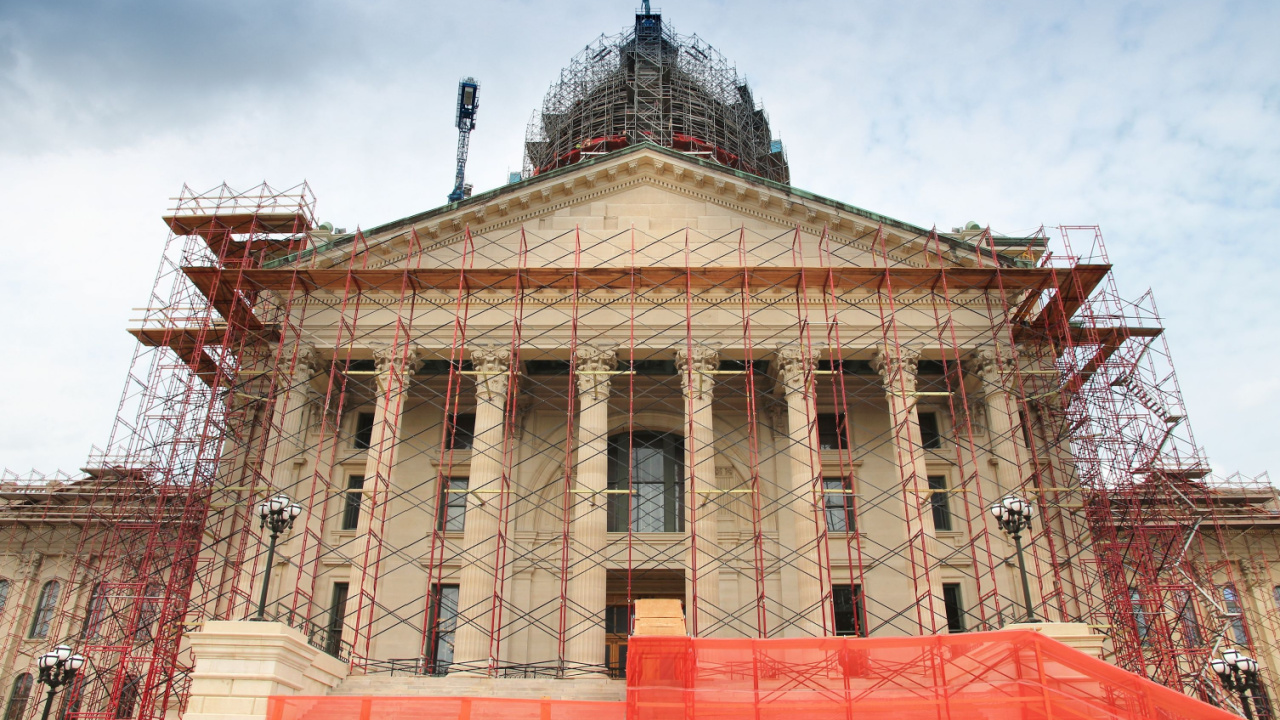
Significant Changes to AIA A201 That Contractors Need to Know About
In 1997, the AIA started updating the A201 every 10 years. The AIA has now introduced a 2017 version of the A201 and other contract documents, including the A100 series.
Overall, the basic premise that the architect serves as the owner’s watchdog over the contractor remains in the new AIA 2017 documents. The architect continues to possess significant authority and rights over others, but without the corresponding responsibility. The owner’s main responsibility is to pay, and otherwise is largely deferential to the architect.
Some of the changes in A201 are:
- insurance (Article 11 and insurance exhibit);
- Building Information Modeling (1.8);
- termination (14.4);
- notice (1.6);
- liquidated damages;
- payment;
- cost of the work;
- sustainable construction;
- project communication; and
- owner financial disclosures.
Additionally, other documents were updated for 2017, specifically between owner and contractor (A101-2017, A102-2017, and A103-2017), between contractor and subcontractor (A401-2017), and between owner and architect (B101-2017 and B103-2017). For those with access to the AIA licensed software, the AIA Instruction Sheet also provides a summary of changes.
Some of the items that contractors need to pay close attention to are:
- a termination fee being substituted for the overhead and profit under 14.4;
- the owner and contractor have more direct communications without the architect;
- a separate Insurance Exhibit A now exists to help the drafter stay current with the insurance industry updates and the newest endorsements;
- the parties can now list the amount of liquidated damages in the agreement;
- the architect’s options regarding certifying payments are clarified to include certifying for the full amount;
- certify for a portion of the amount;
- withhold certification and advise the contractor and owner for the basis of withholding certification (9.4.1);
- lien indemnity is conditioned upon the owner’s compliance with its payment obligations under the agreement;
- final payment does not waive the owner’s right to audit after final payment (9.10.4); and
- the contractor can now refuse to proceed or can suspend work unless the owner provides timely reasonable evidence of its ability to pay for the work (2.2)
The changes are not all one-sided. For instance, the A201 has improved the ability of contractors to receive financial information from owners under revised Section 2.2. It is common for a contractor to enter into a contract with a single-purpose LLC with no assets, other than the project site. With these changes, the owner must provide “reasonable evidence” that it can fulfill its financial arrangements under the contract.
The changes are more evolutionary than revolutionary, but the changes are significant. In some ways what remains the same as prior versions is more important from a day to day compliance perspective than the change is. The hard, relatively short deadlines and requirements for notices related to claims for time, additional expenses and unknown conditions are still present and must be strictly adhered to, or a contractor risks its claims being time barred or limited. In addition, the previous A201 only required the contractor to provide a construction schedule that did not exceed the time limits contained within the contract documents under Section 3.10.1. The revision now requires the contractor’s schedule to include: “(1) the date of commencement of the Work, interim schedule milestone dates, and the date of Substantial Completion; (2) an apportionment of the Work by construction activity; and (3) the time required for completion of each portion of the Work.”
All the changes and their effects are too numerous and will affect construction professionals differently. It is therefore highly recommended that review by a competent legal professional occurs before anyone uses the new form on their project to insure a full and fair understanding of the new AIA forms and that current compliance guidelines are updated to correspond to changes in the new AIA 2017 documents.
Related stories








